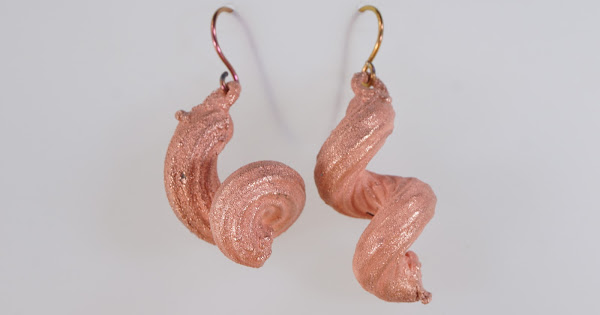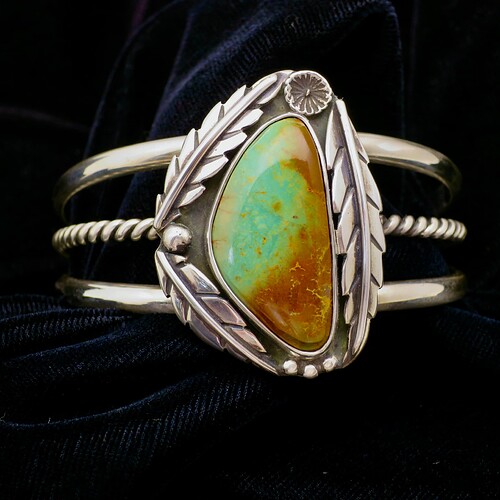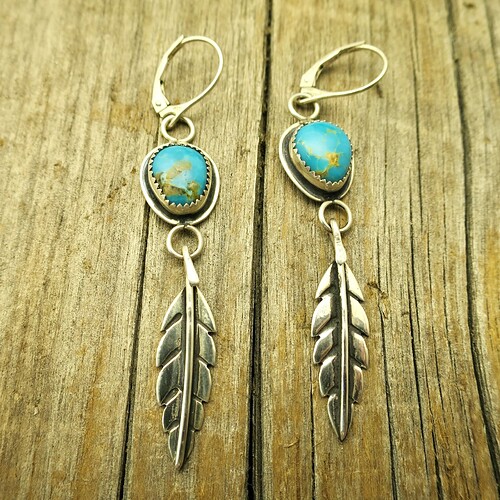As others are saying casting leaves is complicated. Especially for earrings because they need to be light. Here’s what I know.
First, you should try it. You’ll learn a lot. Leaves that are small, dried and woody will be best. Big floppy green leaves won’t withstand the investment process. It can be helpful to coat your dried, woody leaf with shellac before investing. Sculptors often coat found objects (especially twigs and sticks) with shellac in bronze casting. The shellac gives the leaf a tiny bit of strength and helps to seal it during the investment process
But chances are you’re going to find that it really didn’t work, so what’s next?
Quickly dipping dried leaves in paraffin wax can give them enough structure and width to cast, but they’ll loose some resolution in their fine details. Plus, they’ll be thicker and heavier. Maybe too heavy for earrings? It depends on how big the leaf is. Paraffin is better than jewelry injection wax because it’s a very thin, fluid wax. Be sure to melt the paraffin in a double boiler as it can catch on fire when being heated.
The best cast leaves for jewelry that I’ve ever seen is to just coat the back side of the dried leaf with wax. That allows the front to have all of the details and from one side it looks like a real leaf. But again, this creates a heavier metal leaf.
Next is what others have said, to abandon casting and move on to fabrication. You can get amazing leaf detail in sheet metal by roller printing/embossing. Lots of jewelry artist do this technique. Again, the leaf needs to be dry, flat and kind of woody (green and floppy won’t work). Sandwich the dried leaf between two pieces of sheet metal, roll it through the mill, then saw it out and shape it. Two big perks with this idea is that the top and bottom of the printed leaf will give you a right and a left embossed impression. Very handy in earring making! The other perk is the leaf will be as light as possible in metal.
There are other ways to make leaf-like jewelry as others are saying with various fabrication techniques, but these are the ways that I know how to use actual leaves.
There actually is one other way, which is often used with tourist destination jewelry, where they paint an actual leaf with metal conductive paint and then electroform metal on top if it. Electroformed leaves look like actual metal leaves and are also very light. But you’ve got to have access to electro forming equipment, which involves chemicals, electricity and acid baths.
I hope all this helps! Like I said, if you have your own casting set up you should try casting some leaves. You’ll learn a lot and hopefully have some fun!
Jeff


